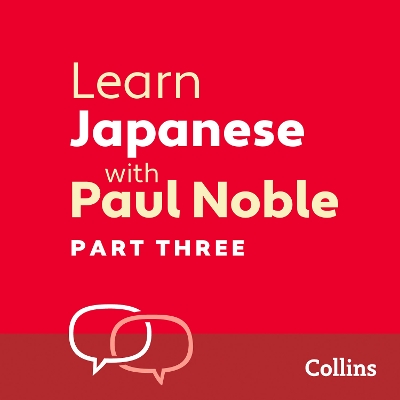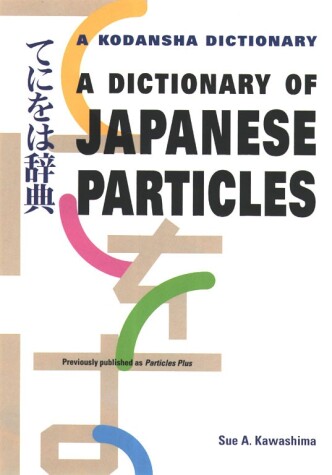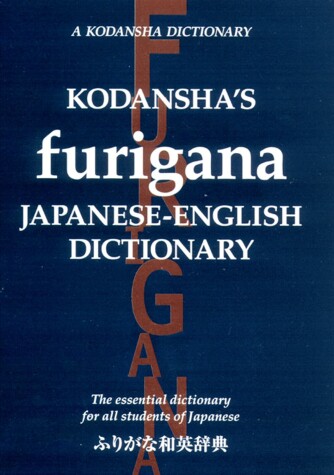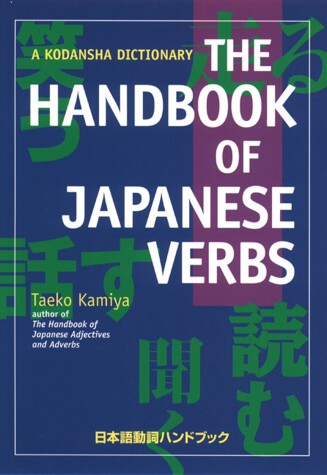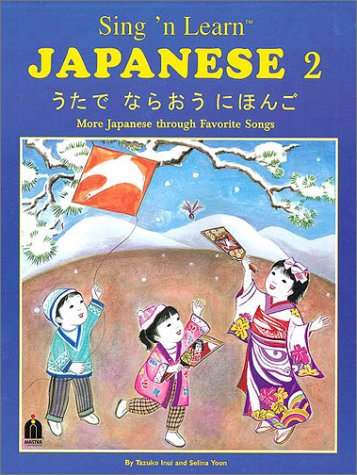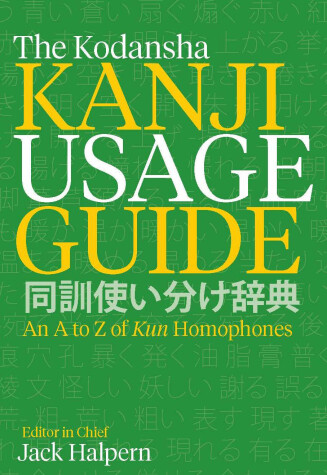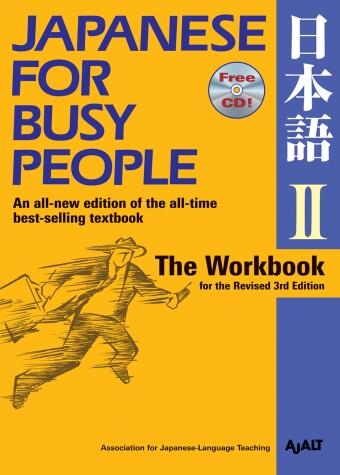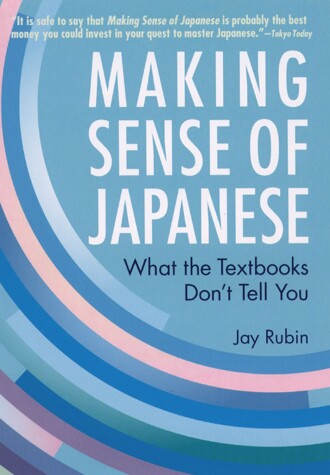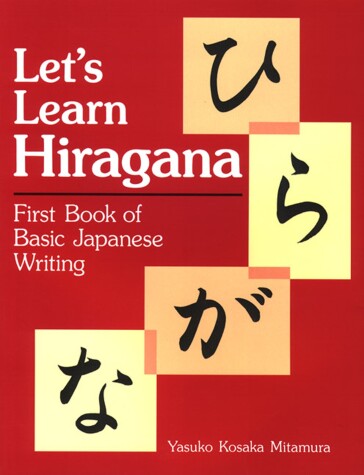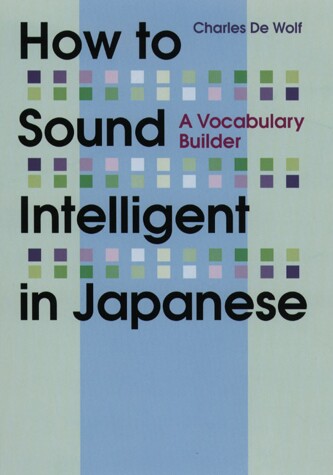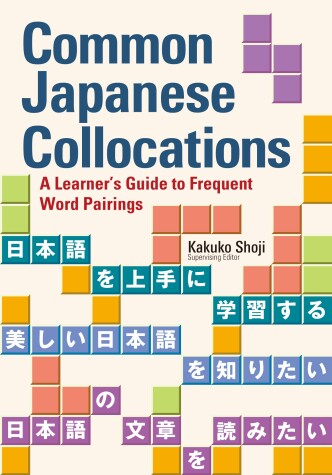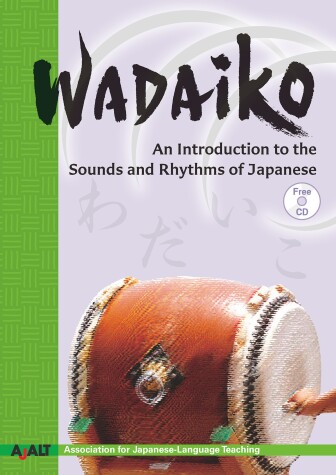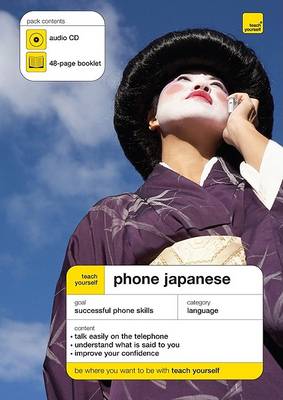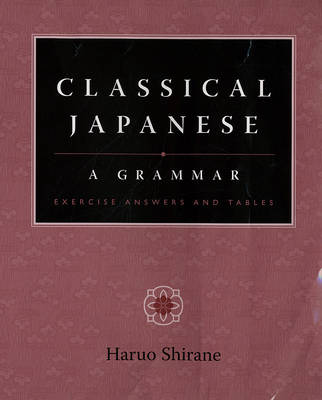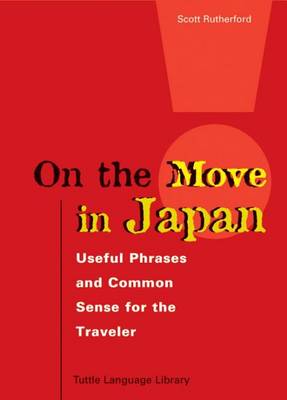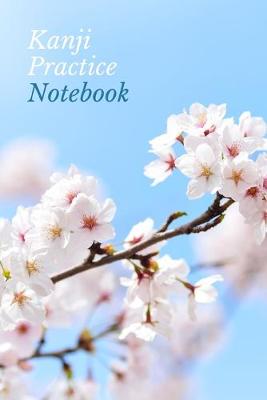No books. No long lists of vocabulary. No chance of failure. Welcome to Learn with Paul Noble – a tried and tested language learning method that has been used by over 1 million people to speak fluently and confidently. With Paul Noble’s simple, relaxed approach you will learn in a way that suits you – without having to memorise long lists of words you won’t use; scribbling notes as you listen; or feeling frustrated. Instead, Pa...
For English-speaking students of Japanese, particles are perhaps the most difficult aspect of the language to learn. It would be no exaggeration to say that, for most people, they can never be completely mastered. Thus, the study of particles is a lifetime undertaking, and students need a lifelong companion to help them along the way. That companion is A Dictionary of Japanese Particles. Covering over 100 particles in alphabetical order, the dictionary explains the meanings of each (most have...
Kodansha's Furigana Japanese-English Dictionary
by Masatoshi Yoshida and Yoshikatsu Nakamura
Browsing through the pages of Kodansha's Furigana Japanese-English Dictionary, you will notice something different: none of the Japanese entry words appearing in this book have been romanized. Some people may be surprised by this feature, especially in that the book is seen as suitable for even absolute beginners. Others (particularly the Japanese-language instructors who pointed out the need for such a publication) will be delighted to find that a full-fledged furigana Japanese-English dictiona...
From the very earliest stages of study until far into the intermediate level, students of the Japanese language are continually scratching their heads over the usage of verbs. It is no wonder that they should feel the need for a solid reference book, one they can continually turn to throughout their studying careers. The Handbook of Japanese Verbs is just that book. The Introduction takes the first step toward comprehension by pointing out the features of Japanese verbs that stand in contrast...
Kun homophones — native-Japanese words that are pronounced alike but are written with different kanji, and often differ in meaning — pose a particular challenge to students at the intermediate level. Words like noboru or kaeru, for example, can be written with several different kanji, each contributing a distinct shade of meaning. The often-subtle nuances conveyed by kanji confuse even Japanese people, and very few dictionaries provide good guidance on kanji usage. The Kodansha Kanji...
Whereas Volume I of the Busy People series introduces the most basic patterns for constructing simple sentences in Japanese, Volume II aims to provide students with the foundational skills for forming more complex expressions that will enable them to further advance their command of the language. As you look through this workbook, therefore, you will probably notice that the Japanese presented in the back is considerably more difficult than what appears toward the front. Put another way, this me...
Making Sense of Japanese is the fruit of one foolhardy American's thirty-year struggle to learn and teach the Language of the Infinite. Previously known as Gone Fishin', this book has brought Jay Rubin more feedback than any of his literary translations or scholarly tomes, "even if," he says, "you discount the hate mail from spin-casters and the stray gill-netter." To convey his conviction that "the Japanese language is not vague," Rubin has dared to explain how some of the most challenging Ja...
There are three types of Japanese script--katakana, hiragana, and kanji. It is possible to read Japanese knowing only a limited number of kanji, but it is not possible with only a limited number of katakana or hiragana--one must know all of them. Let's Learn Hiragana, and its companion volume Let's Learn Katakana, is a textbook that introduces the learner to the basics of one of these fundamental Japanese scripts. Being a workbook, it contains all the exercises that allow the student to master h...
For every student, a time eventually comes when basic grammar is no longer the problem. You can say a few words about the weather, or the fact that, yes, you are feeling hungry, or explain that you are going out for the day — and actually be understood. Beyond that, however, the going gets tough. You cannot make pertinent comments about philosophy, politics, art, science, law, or business — simply because you lack the necessary vocabulary. In fact, you may not be able to say that yo...
Collocations are word combinations that occur in natural speech more frequently than can be explained by chance. In English, we say, "take a bath" (or "have a bath" in British English), but in Japanese the equivalent is "get in a bath," o-furo ni hairu. The verb hairu is the one that collocates with o-furo. It has long been recognized that the study of collocations can lead to more natural language production, and yet until now there has been no book on the subject for learners of Japanese. Co...
From the authors of the best-selling Japanese for Busy People series comes an innovative, engaging new way to learn Japanese. Based on a teaching approach which has been used successfully in the classroom by AJALT in Japan, Wadaiko immerses students in the sounds and rhythms of the Japanese language through songs, poetry, tongue twisters, and other word games. The purpose is to get learners to "feel" Japanese, to absorb it with the ears, without being expected to understand it all. The book is d...
2000 Kanji Japanese Vocabulary Flash Cards Practice for JLPT N5-N1 Dictionary English Hebrew
by Hirata Osaka
2000 Kanji Japanese Vocabulary Flash Cards Practice for JLPT N5-N1 Dictionary English Polish
by Hirata Osaka
2000 Kanji Japanese Vocabulary Flash Cards Practice for JLPT N5-N1 Dictionary English Urdu
by Hirata Osaka
2000 Kanji Japanese Vocabulary Flash Cards Practice for JLPT N5-N1 Dictionary English Filipino
by Hirata Osaka
8534x Send Japan Today, 2nd Ed, Pkg
by Theodore F. Welch and Hiroki Kato
Always the first to respond to a crisis, Medecins Sans Frontieres and its sister organization Medecins du Monde have set into place a style of humanitarian action that combines rapid intervention with invaluable critical assessment. Whether the crisis is war, famine, or a natural diaster, these organizations have set a precedent for humanitarian action that has yet to be surpassed. Their efforts were not developed in a vacuum. A close look at the history of humanitarianism, especially within the...
My Most Beautiful Dream - Min allra vackraste droem (English - Swedish)
by Ulrich Renz
This book contains basic phrases and information for visitors to Japan. It is packed with expressions for everyday occasions, practical advice and cultural information, and helpful illustrations. It is a tool for the traveller who is out not only to survive, but succeed, while staying in Japan. Sections include basic communication, money, mail, getting around, eating, lodging, leisure, and dealing with problems such as illness. The content is being revised and updated to reflect changes since th...
